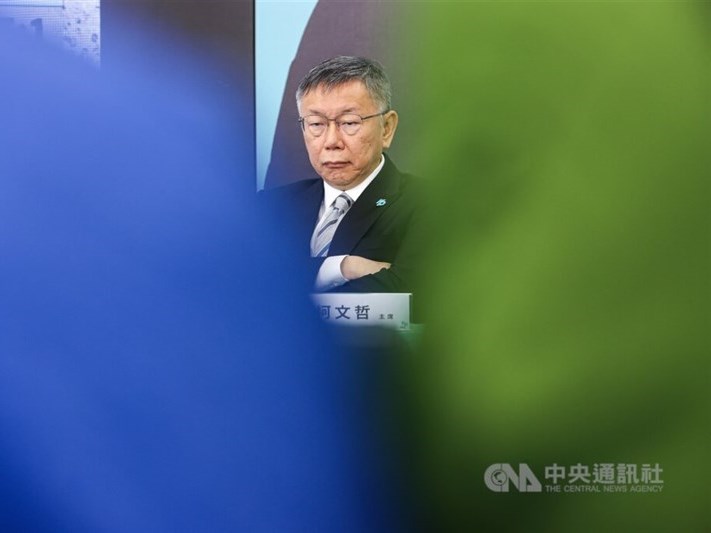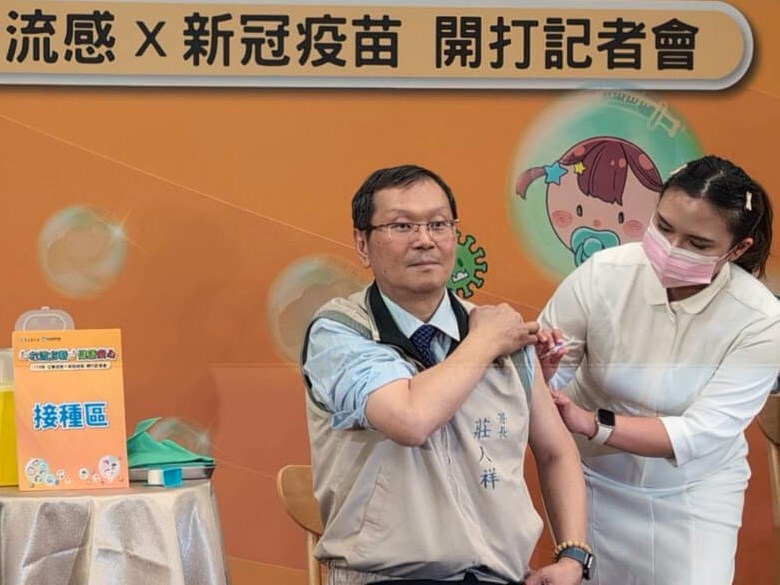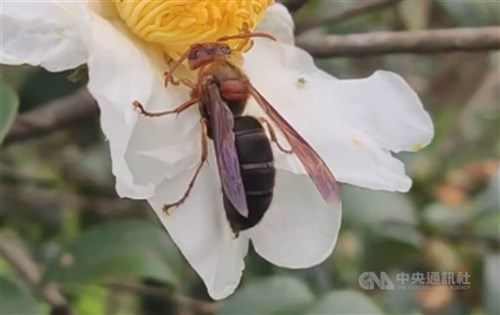Japan began its release of treated nuclear wastewater into the Pacific Ocean on Aug. 24, following a decision made during a Cabinet meeting two days earlier.
(Full text of the story is now in CNA English news archive. To view the full story, you will need to be a subscribed member of the CNA archive. To subscribe, please read here.)
More in Q&A
![What is Core Pacific Case, how is TPP Chairman Ko involved?]() What is Core Pacific Case, how is TPP Chairman Ko involved?The high-profile detention of former Taipei mayor and incumbent Taiwan People's Party (TPP) Chairman Ko Wen-je (柯文哲) was extended for another two months on Friday, as prosecutors continue their investigation into alleged corruption known locally as the "Core Pacific City case."11/01/2024 07:32 PM
What is Core Pacific Case, how is TPP Chairman Ko involved?The high-profile detention of former Taipei mayor and incumbent Taiwan People's Party (TPP) Chairman Ko Wen-je (柯文哲) was extended for another two months on Friday, as prosecutors continue their investigation into alleged corruption known locally as the "Core Pacific City case."11/01/2024 07:32 PM![Taiwan's free flu and COVID-19 vaccination program]() Taiwan's free flu and COVID-19 vaccination programTaiwan kicked off its free influenza and COVID-19 vaccination program at hospitals and other medical facilities across the country on Tuesday.10/01/2024 03:58 PM
Taiwan's free flu and COVID-19 vaccination programTaiwan kicked off its free influenza and COVID-19 vaccination program at hospitals and other medical facilities across the country on Tuesday.10/01/2024 03:58 PM![How dangerous are hornet attacks in Taiwan?]() How dangerous are hornet attacks in Taiwan?A 41-year-old man died after being attacked by hornets in Taitung County, southeastern Taiwan, last week. He had been guiding a group of students on a hike on Jinshuiying Old Trail when a swarm descended on him and stung him more than 50 times.08/28/2024 03:30 PM
How dangerous are hornet attacks in Taiwan?A 41-year-old man died after being attacked by hornets in Taitung County, southeastern Taiwan, last week. He had been guiding a group of students on a hike on Jinshuiying Old Trail when a swarm descended on him and stung him more than 50 times.08/28/2024 03:30 PM
Latest
- Business
Taiwan still in talks with Estonia over opening reciprocal offices
11/05/2025 01:57 PM - Business
Taiwan shares close down 1.42%
11/05/2025 01:47 PM - Science & Tech
Taiwan's 1st Formosat-8 to launch Nov. 11
11/05/2025 01:00 PM - Politics
Taiwan to counter China's 'extra condition' to its APEC participation
11/05/2025 12:41 PM - Society
Rapper tied to Taiwan influencer's death vows cooperation with probe
11/05/2025 11:20 AM


